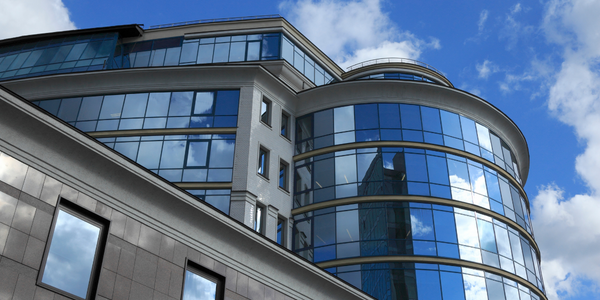Technology Category
- Sensors - Environmental Sensors
Applicable Industries
- Buildings
- Education
Applicable Functions
- Logistics & Transportation
Use Cases
- Last Mile Delivery
- Outdoor Environmental Monitoring
About The Customer
Pizza Hut Delivery is a global fast-food chain that is part of the Yum! Brands family. The company operates in numerous countries worldwide, offering a variety of pizzas and other food items for delivery. Pizza Hut Delivery is committed to contributing to the communities in which it operates and is constantly seeking ways to improve its social and environmental sustainability. The company values its people and aims to create opportunities and greater equity for them and the communities they serve. Pizza Hut Delivery is also dedicated to meeting consumer and government demands for healthier food options and minimizing its environmental impact.
The Challenge
Pizza Hut Delivery, a global fast-food chain, recognized the need to shift its business model towards greater social and environmental sustainability. The company wanted to contribute more to the communities in which it operates and align its product offerings with consumer and government demands for healthier options. Additionally, Pizza Hut Delivery aimed to develop a company-wide environmental sustainability strategy to minimize its impact and maximize differentiation in a crowded market. The challenge was to understand the culture, values, business essentials, and strategic direction of the company and to reconcile the top-down demands of regulations with the bottom-up desires of consumers.
The Solution
Working closely with the Pizza Hut Delivery leadership team, Iris defined a Global Social Purpose that focuses on ways in which Pizza Hut can create opportunity and greater equity for its people and the communities they serve. This was delivered through a series of social programs to unblock barriers to progress and increase life chances for those with less, using skills development, education, and employability tools. A research-led strategy sprint was used to reset the business's food strategy, shifting to a healthier and more sustainable food proposition. The company also developed a market-specific roadmap to minimize its environmental impact, reviewing the entire value chain to identify the most important issues to address, including supply-chain sourcing, packaging, buildings, and delivery.
Operational Impact
Quantitative Benefit

Case Study missing?
Start adding your own!
Register with your work email and create a new case study profile for your business.
Related Case Studies.

Case Study
Energy Saving & Power Monitoring System
Recently a university in Taiwan was experiencing dramatic power usage increases due to its growing number of campus buildings and students. Aiming to analyze their power consumption and increase their power efficiency across 52 buildings, the university wanted to build a power management system utilizing web-based hardware and software. With these goals in mind, they contacted Advantech to help them develop their system and provide them with the means to save energy in the years to come.

Case Study
Intelligent Building Automation System and Energy Saving Solution
One of the most difficult problems facing the world is conserving energy in buildings. However, it is not easy to have a cost-effective solution to reduce energy usage in a building. One solution for saving energy is to implement an intelligent building automation system (BAS) which can be controlled according to its schedule. In Indonesia a large university with a five floor building and 22 classrooms wanted to save the amount of energy being used.

Case Study
Powering Smart Home Automation solutions with IoT for Energy conservation
Many industry leaders that offer Smart Energy Management products & solutions face challenges including:How to build a scalable platform that can automatically scale-up to on-board ‘n’ number of Smart home devicesData security, solution availability, and reliability are the other critical factors to deal withHow to create a robust common IoT platform that handles any kind of smart devicesHow to enable data management capabilities that would help in intelligent decision-making

Case Study
Protecting a Stadium from Hazardous Materials Using IoT2cell's Mobility Platform
There was a need for higher security at the AT&T Stadium during the NFL draft. There was a need to ensure that nuclear radiation material was not smuggled inside the stadium. Hazmat materials could often be missed in a standard checkpoint when gaining entry into a stadium.

Case Study
Commercial Building Automation Boosts Energy Efficiency
One of the challenges to building automation is the multitude of non-interoperable communications protocols that have evolved over the years. Buildings have several islands of automation. Bridging the islands of different automation without losing the considerable investment in each specialized control network is the main focus in this solution.








